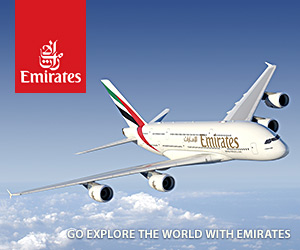The Radisson Royal Hotel, formerly the Hotel Ukraina, is a visitor attraction in its own right. The second tallest of the seven Stalinist skyscrapers known as the "Seven Sisters", it was completed in 1953 and for over two decades was the tallest hotel in the world. The hotel also has a rich collection of Soviet art (over 1000 paintings) on display, as well as a 1:75 scale diorama of Moscow from 1977.
One of the hotel's "sisters", the Ministry of Foreign Affairs, is a short distance from the Radisson Royal Hotel across the Moskva River, and can easily be seen from the hotel's front windows. The building marks the end of Ulitsa Arbat, a pedestrianized historic street famous for its souvenir stalls and street performers, and for sights including the Pushkin Apartment Museum and Moscow's Peace Wall, originally painted by local schoolchildren in 1989-1990.
Directly across the river from the Radisson Royal Hotel stands the Moscow White House (the "House of Russian Government"), a reasonably impressive building by leading Stalinist architect Dmitry Chechulin that reached the attention of the world during the government crises of August 1991 and October 1993.
One of the hotel's "sisters", the Ministry of Foreign Affairs, is a short distance from the Radisson Royal Hotel across the Moskva River, and can easily be seen from the hotel's front windows. The building marks the end of Ulitsa Arbat, a pedestrianized historic street famous for its souvenir stalls and street performers, and for sights including the Pushkin Apartment Museum and Moscow's Peace Wall, originally painted by local schoolchildren in 1989-1990.
Directly across the river from the Radisson Royal Hotel stands the Moscow White House (the "House of Russian Government"), a reasonably impressive building by leading Stalinist architect Dmitry Chechulin that reached the attention of the world during the government crises of August 1991 and October 1993.

